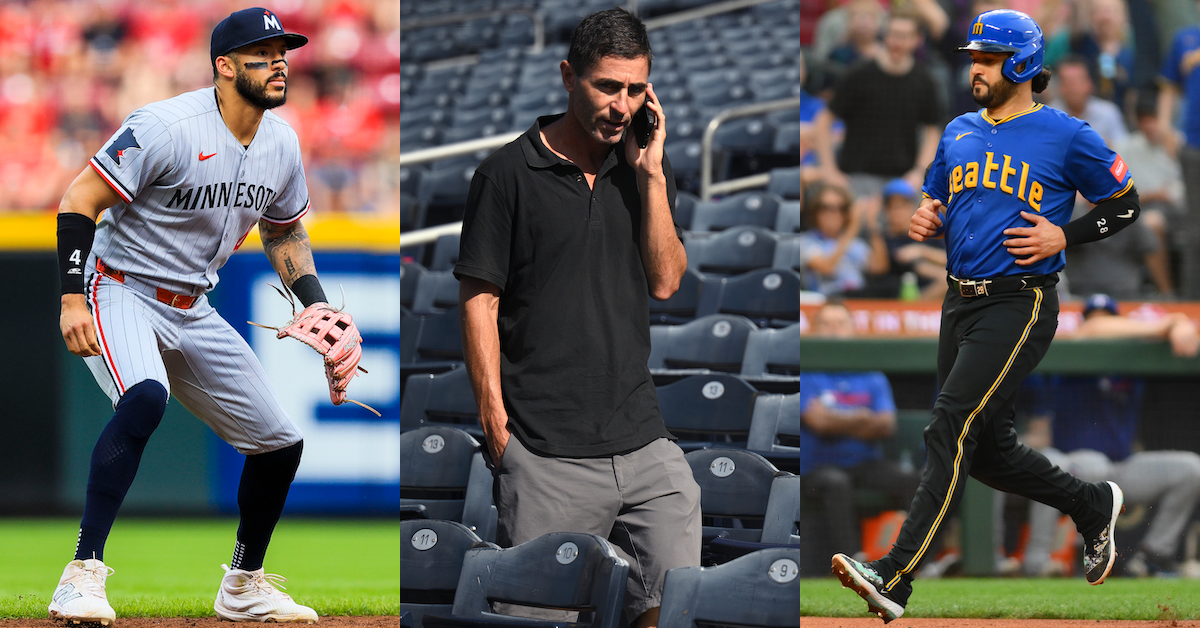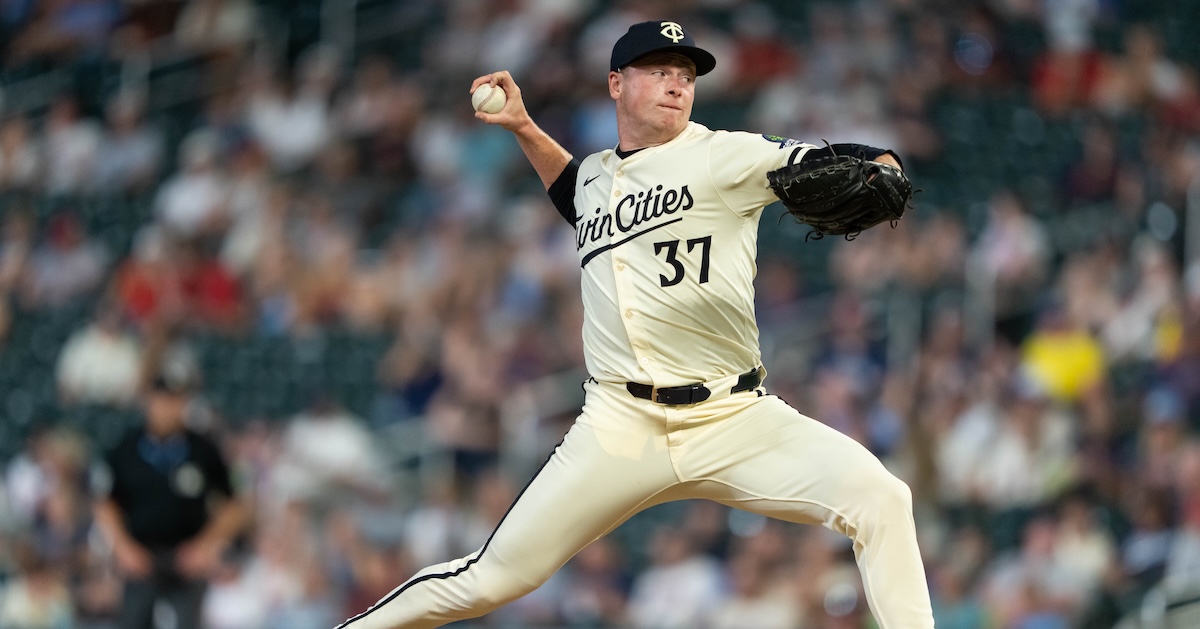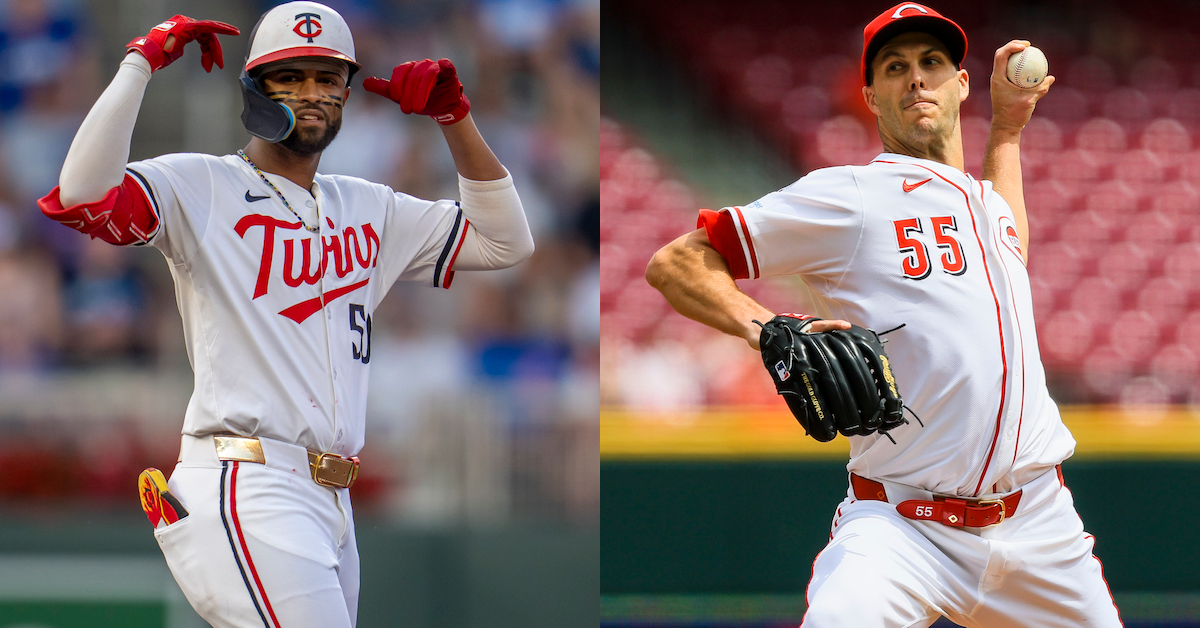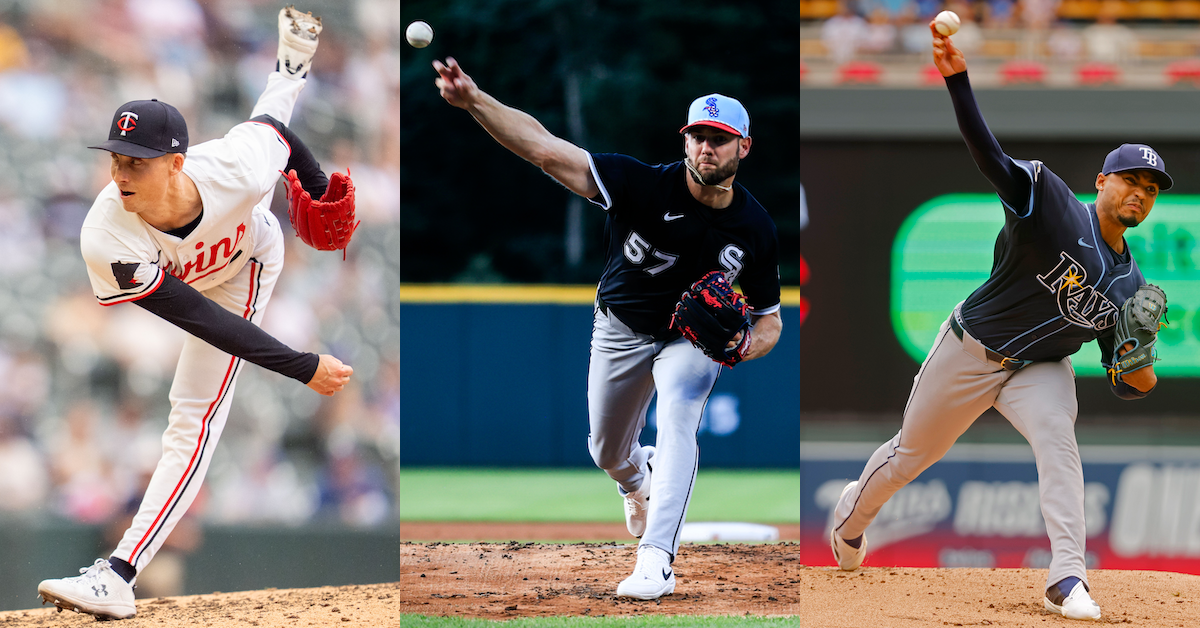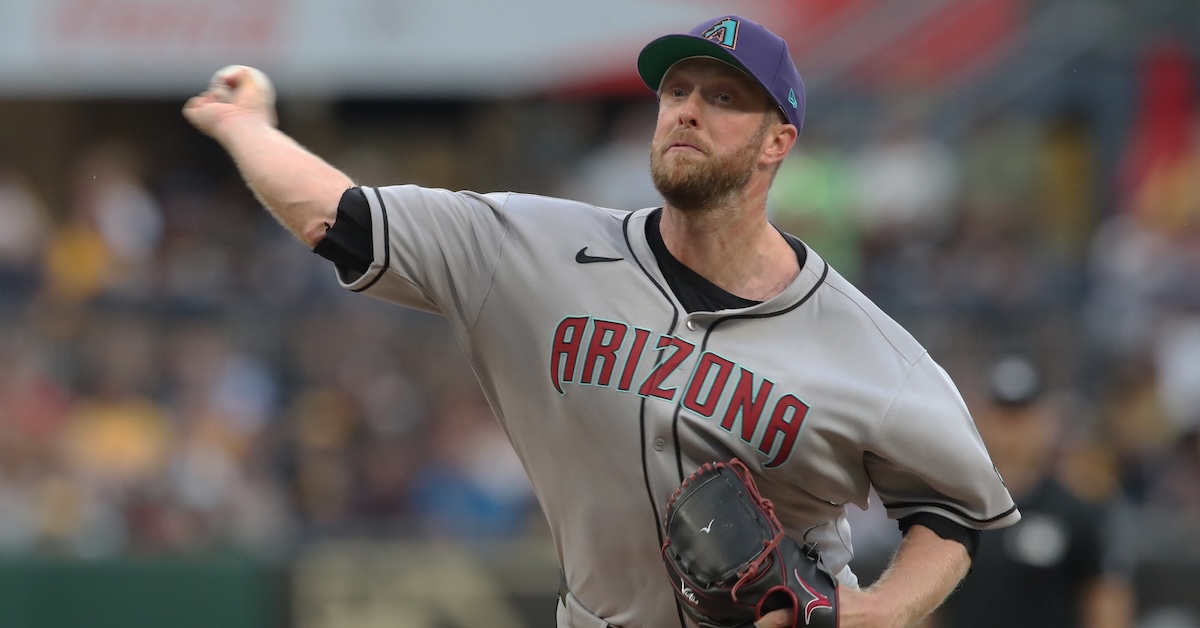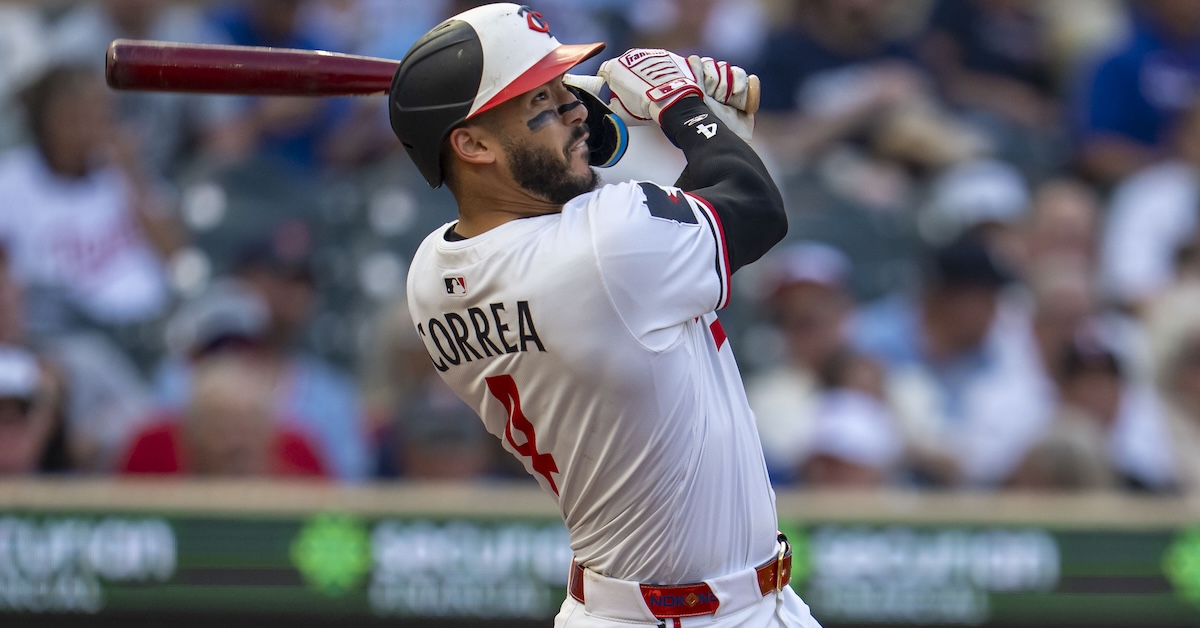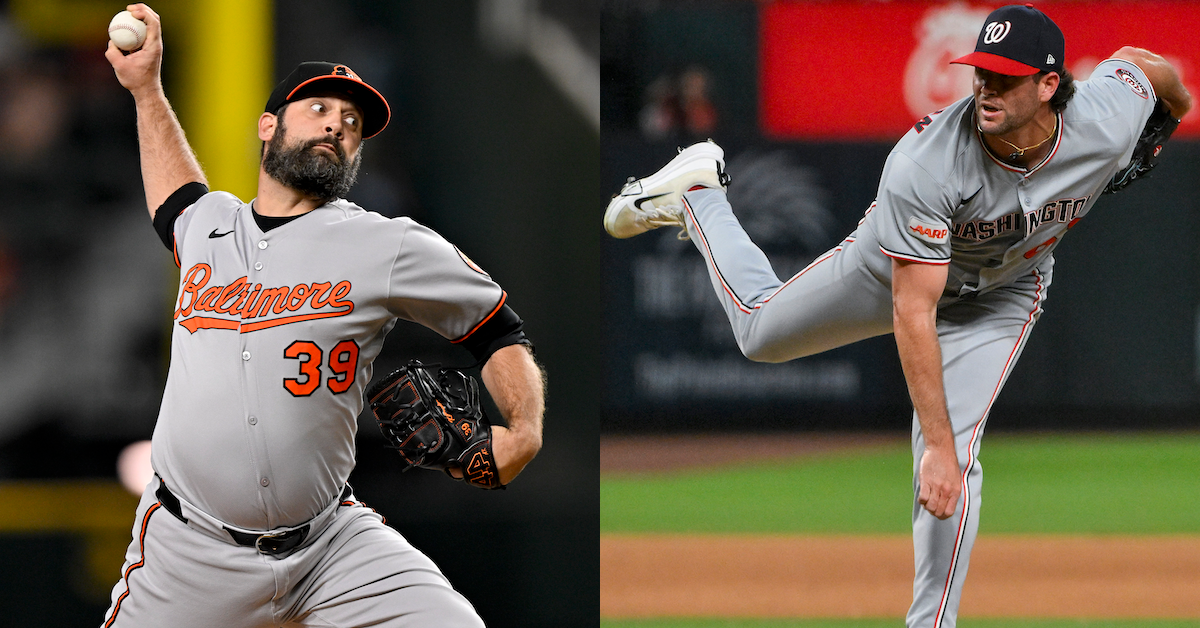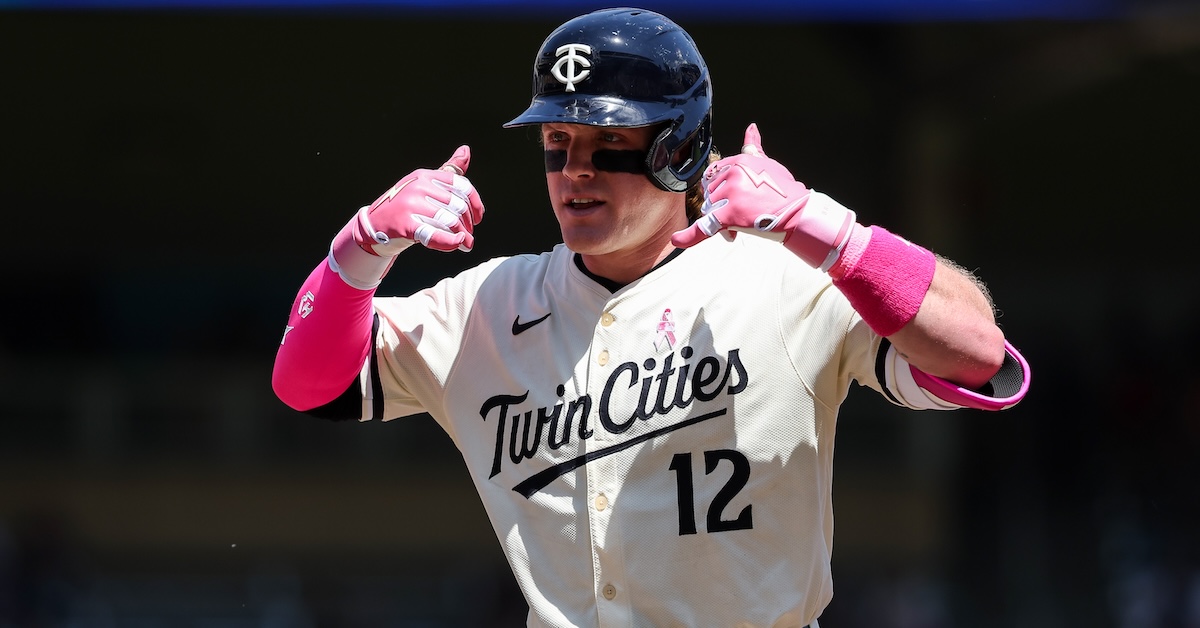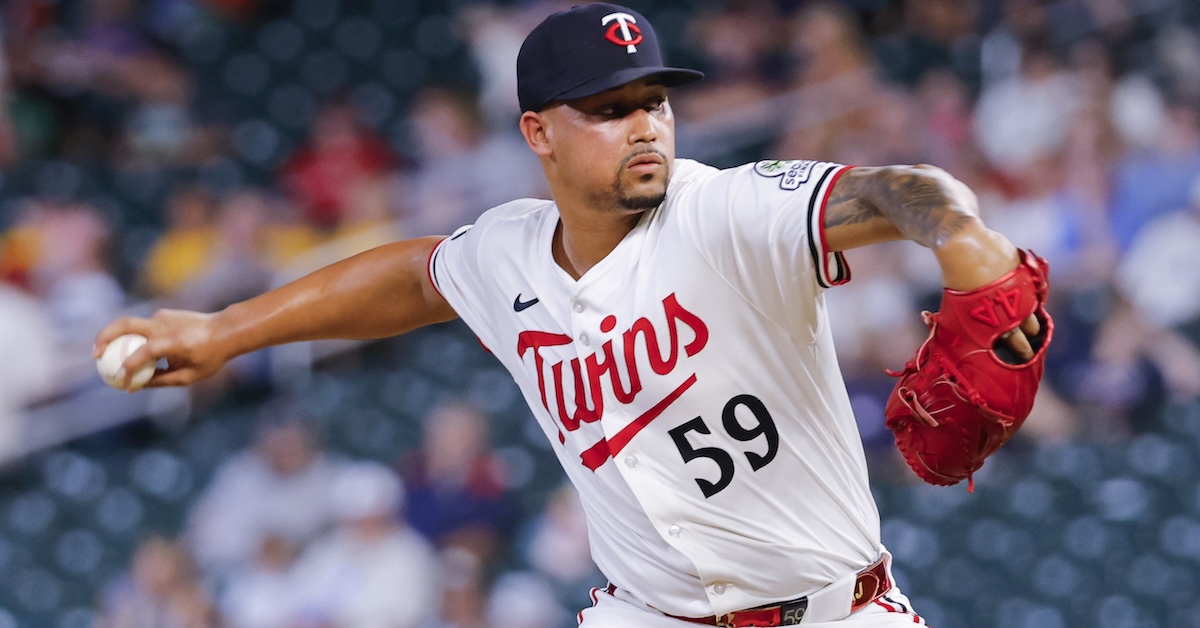Luke Keaschall Is off to the Twins’ Latest, Hottest Hot Start
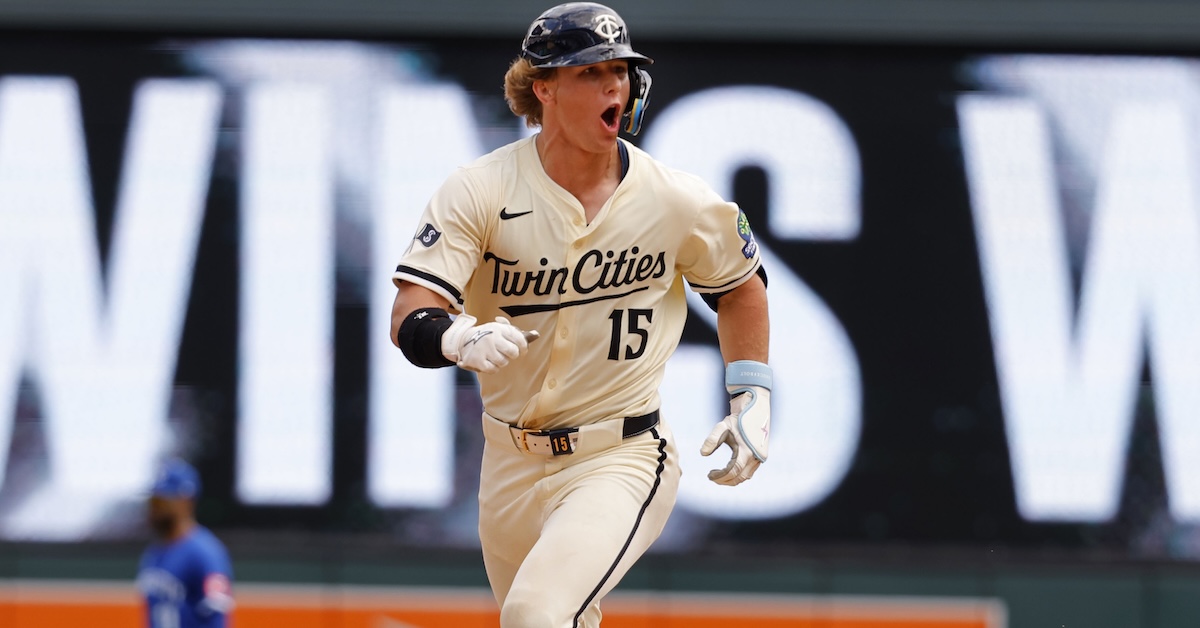
I owe Luke Keaschall an apology. Last night, the 22-year-old second baseman put up the first oh-fer of his brief and brilliant major league career, the predictable result of my decision to write about him today. In the series opener in the Bronx, the Yankees beat the Twins, 6-2, and Keaschall watched from the on-deck circle with an 11-game hitting streak on the line as Ryan Jeffers struck out to end the game. This is my fault. I knew that by pitching an article about Keaschall, I was condemning him to this fate. I really do feel bad about jinxing him, but it was time to highlight just how impressive his start has been. Keaschall will turn 23 on Friday, which makes him exactly three years older than FanGraphs.
Permit me to exclude Monday’s stats momentarily for the sake of painting a picture. Through the first 12 games of his career, Keaschall ran a 234 wRC+, slashing .415/.500/.707, homering twice, and stealing five bases. He’s one of just 10 players in the last 30 years – a list that also includes his manager, Rocco Baldelli – to start his career with an 11-game hitting streak. Keaschall also started his career with a 12-game on-base streak. Yes, that is possible; I’ll explain in a moment. With a nice round 1.0 WAR (which dropped to 0.9 on Monday; again, I’m so sorry, Luke), he ranks eighth among Minnesota’s position players. He has five multi-hit games. He was just named AL Player of the Week in his second week as a big leaguer. On Sunday, he achieved his first three-hit game with a walk-off homer against the Royals in the 11th inning. Read the rest of this entry »

